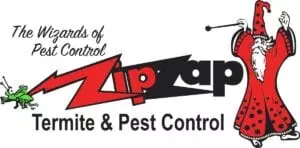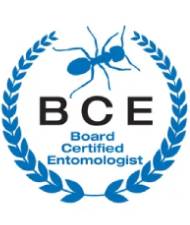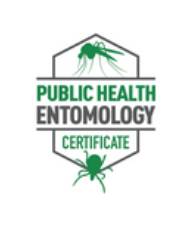Termite Extermination For Your Home or Business
Dealing with termites can feel overwhelming, but ZipZap Termite & Pest Control is here to help protect your Kansas City home. Termites are small yet destructive pests that can compromise the structural integrity of your property if left untreated. Effective termite treatment is vital to eliminate colonies and prevent costly damage. Our team of knowledgeable technicians offers eco-friendly solutions tailored to safeguard your home. With decades of experience and a commitment to family-friendly pest control, we’re proud to serve Kansas City, Overland Park, and surrounding areas in Missouri and Kansas.
Have questions about our pest control services?
Send us an inquiry below.
How to Identify a Termite Infestation in Your Home
Detecting termites early is crucial to minimizing damage. Here are some key signs of an infestation:
Mud Tubes: These small tunnels made of soil and wood particles are often found along walls or foundations.
Discarded Wings: After swarming, termites shed their wings, often near windows or light fixtures.
Hollow Wood: Wood that sounds hollow when tapped may indicate termite damage beneath the surface.
Frass: Termite droppings, resembling sawdust, near wood structures.
If you notice these signs, contacting a professional termite inspection service is essential to confirm the infestation and begin treatment immediately.
Top Signs You Need Termite Control Services
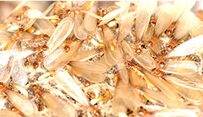
Swarmers
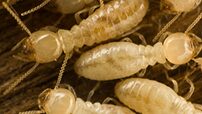
Workers
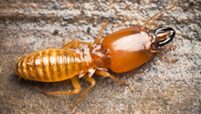
Soldiers
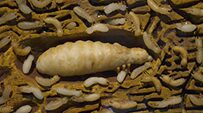
Queen
Sometimes, the need for termite control isn’t immediately obvious. Be vigilant for the following issues, which often indicate termite activity:
- Warped Doors or Windows: Termites can cause wood to swell, making doors and windows difficult to close.
- Unexplained Cracks in Walls or Ceilings: Structural damage from termite colonies may lead to visible cracks.
- Clicking Sounds in Walls: Worker termites make soft clicking noises while feeding on wood.
- Increased Pests: Termites often coexist with other pests like ants, cockroaches, and spiders.
Ignoring these signs can lead to extensive property damage. Early intervention with professional termite treatments can save your home and wallet.
Preventing Termite Damage with Advanced Bait Systems
Advanced bait systems are a proven method for eliminating termite colonies while preventing future infestations. These systems work by luring termites to bait stations, where they consume and spread a slow-acting treatment throughout the colony.
Benefits of Bait Systems:
Continuous Protection: Bait stations provide long-term defense against termites.
Targeted Approach: This method specifically targets termite colonies without affecting other areas of your home or lawn.
Cost-Effectiveness: Preventing damage with bait systems is far less expensive than repairing termite destruction.
ZipZap’s termite control services include the installation and maintenance of bait stations, ensuring comprehensive protection for your property.
Protecting Your Home with Professional Termite Inspections
A thorough inspection is the cornerstone of effective termite control. At ZipZap, we use advanced tools and techniques to identify termite activity and assess damage.
Why Schedule a Termite Inspection?
Early Detection: Regular inspections help catch termite activity before significant damage occurs.
Peace of Mind: Knowing your home is termite-free lets you focus on enjoying your space.
Comprehensive Reports: Our professional inspections provide detailed findings and recommendations for treatment, if necessary.
Why Choose ZipZap for Termite Control in Kansas City
ZipZap Termite & Pest Control has been the trusted name in pest control for decades. Here’s why Kansas City homeowners turn to us for termite treatment:
- Experienced Technicians: Our team is trained to handle termite treatments and inspections with precision and care.
- Comprehensive Services: From termite control to rodent control and bed bugs, we offer solutions for all your pest problems.
- Family-Focused Approach: We prioritize safety and use eco-friendly products for your family’s protection.
- Local Expertise: Serving Kansas City, Overland Park, and surrounding areas, we understand the unique pest challenges in Missouri and Kansas.
- Guaranteed Satisfaction: Our termite treatments come with a commitment to quality and long-lasting results.
How Our Termite Inspection Works
Termite damage may be located by probing wood with a screwdriver, ice pick, or knife. Begin your inspection in the basement and use a bright flashlight. Look for mud tubes and evidence of swarmers. If necessary, request the services of a pest control professional or an experienced entomologist. A qualified inspector should examine the exterior and interior surfaces of the foundation, focusing on wooden constructions built on or near soil. Mud tubes are solid evidence of termite activity.
Other Sites Requiring Inspection:
Schedule Your Termite Treatment in KC Today
Don’t let termites compromise the safety and value of your home. ZipZap Termite & Pest Control is here to provide the best pest control services in Kansas City, Overland Park, and beyond. From termite inspections to advanced bait systems, our knowledgeable team offers solutions to protect your property.
Call us today at (816) 407-7378 to schedule a thorough inspection or discuss your pest control needs. Protect your home with ZipZap—the experts in termite treatments and other pest services!
ZipZap Termite & Pest Control is a Certified Sentricon® Specialist in Kansas City.
Give us a call today to install the Sentricon® Termite Colony Elimination System, a cost-effective way to protect your property.
Frequently Asked Questions About Termites
What are the risks of leaving a termite infestation untreated?
Untreated termite infestations can cause severe structural damage, leading to expensive repairs. Over time, colonies expand, making control more challenging.
How often should I schedule a termite inspection?
It’s recommended to schedule a professional termite inspection annually, especially in areas prone to termites like Kansas City.
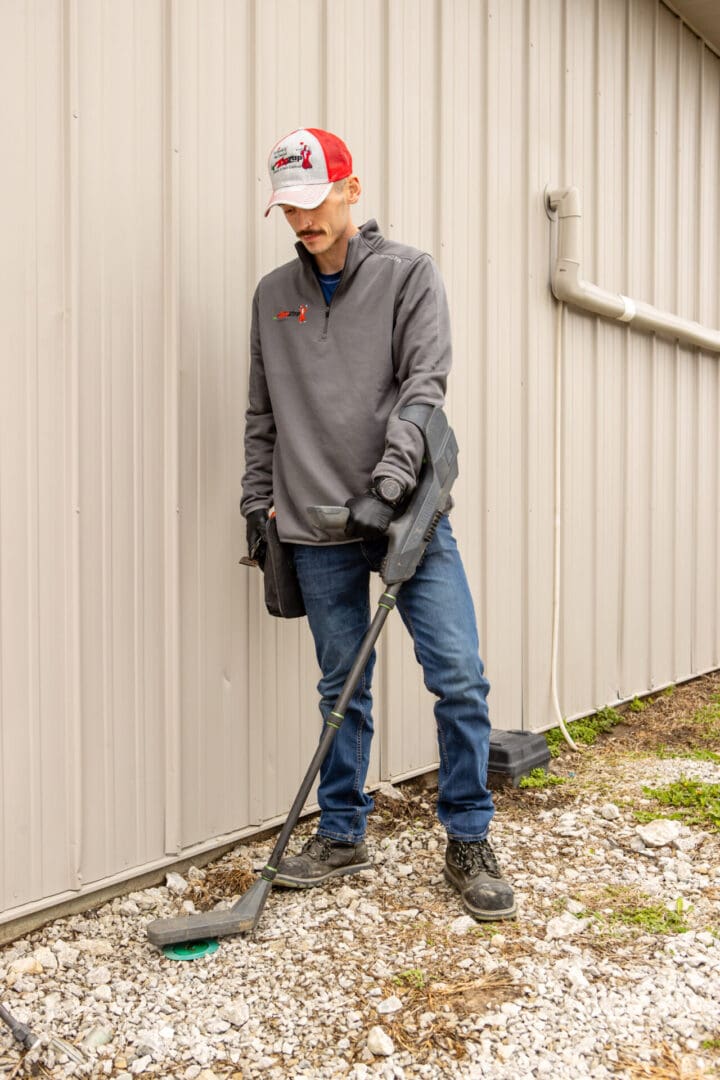
Are termite treatments safe for children and pets?
We use Sentricon Termite Colony Elimination Systems when protecting your homes from termites. The bait system is less disruptive and more effective than traditional methods.
Can termites spread to my lawn?
Yes, termites can damage outdoor structures, mulch, and trees. Regular inspections help identify and mitigate such risks.
ZIPZAP TERMITE & PEST CONTROL
If you find a bug in or around your home and need it identified, take a picture. Then text or email to the text line or email address below.
Please DO NOT text to the (816) 407-PEST number.
